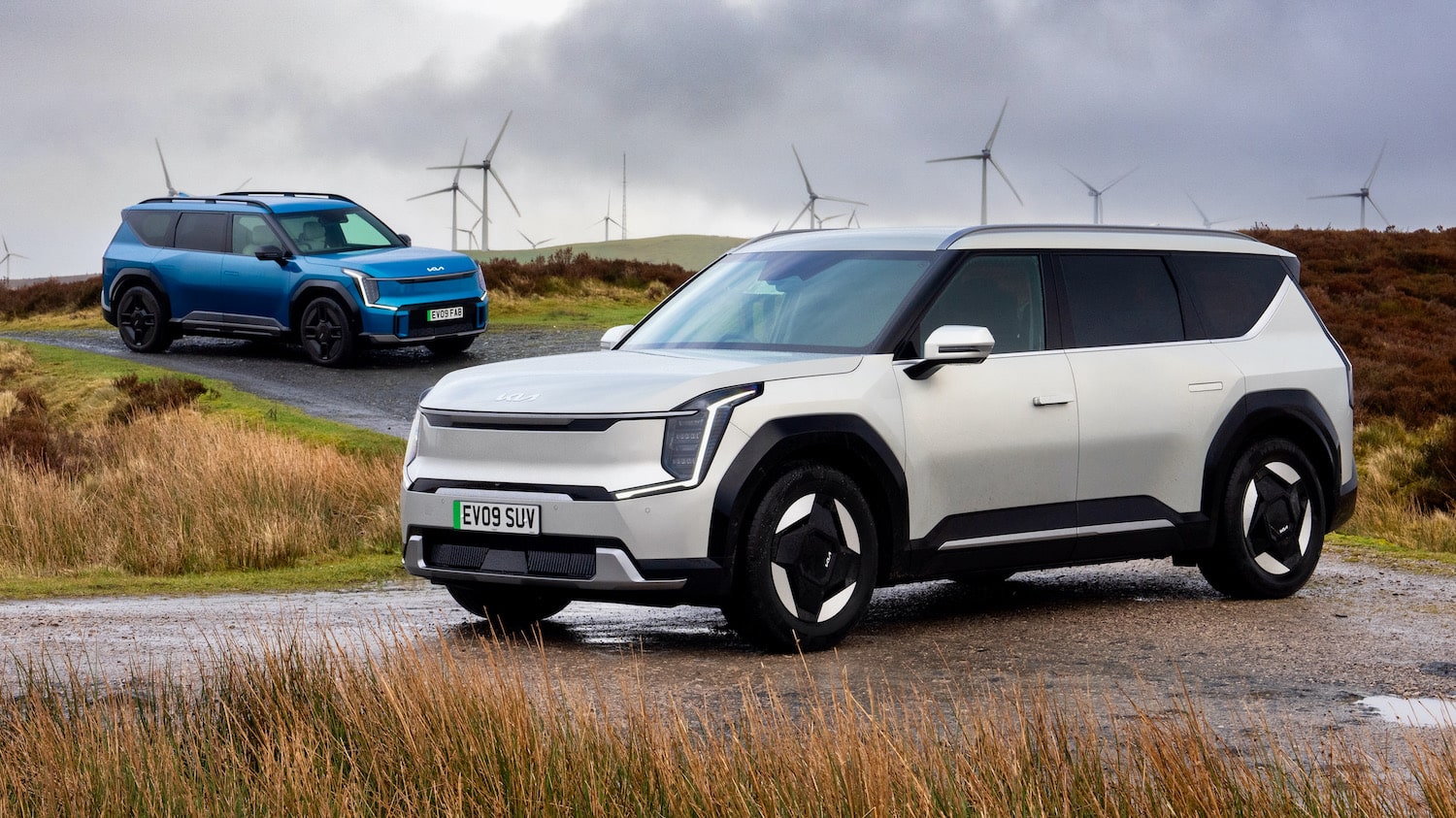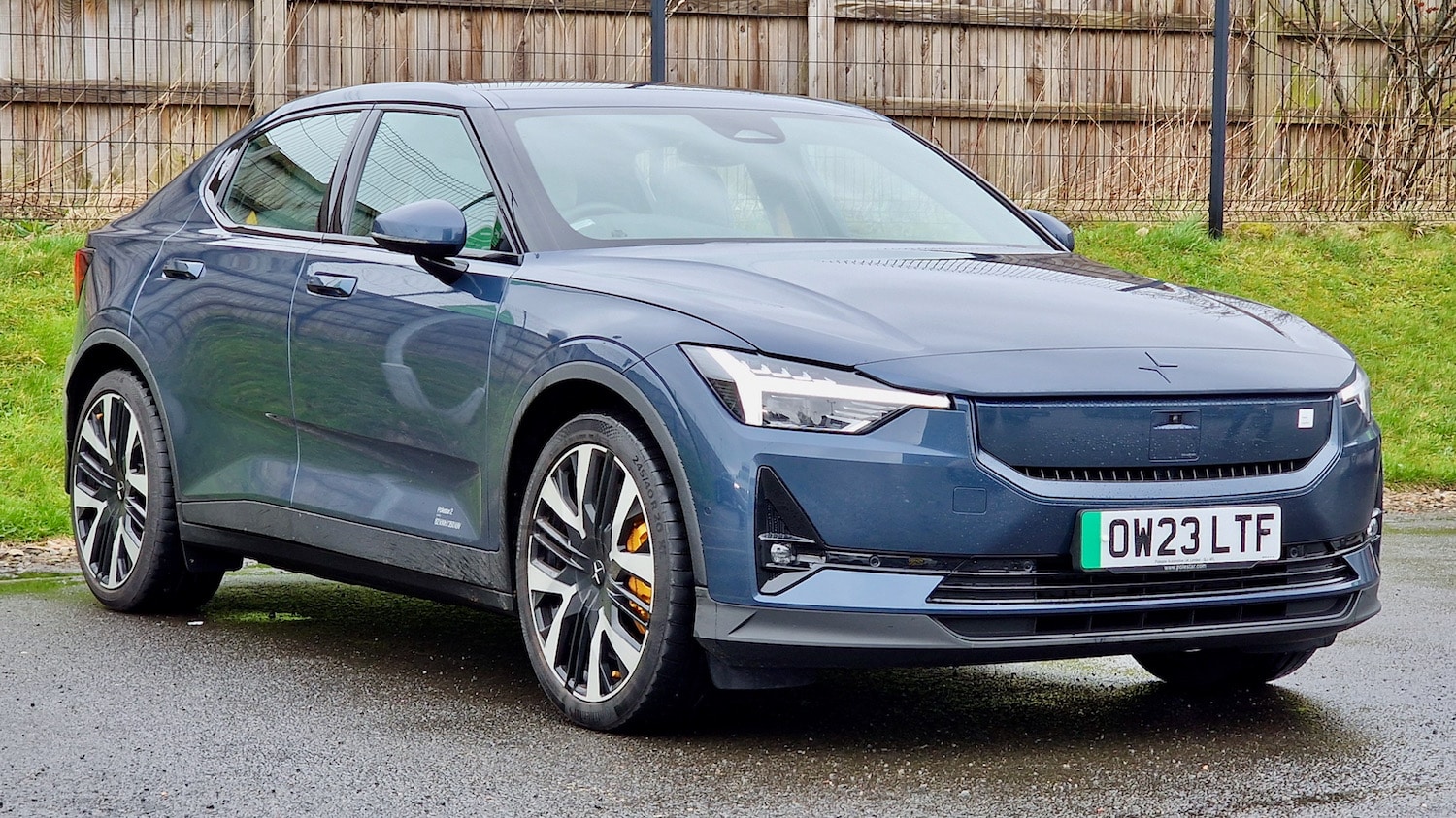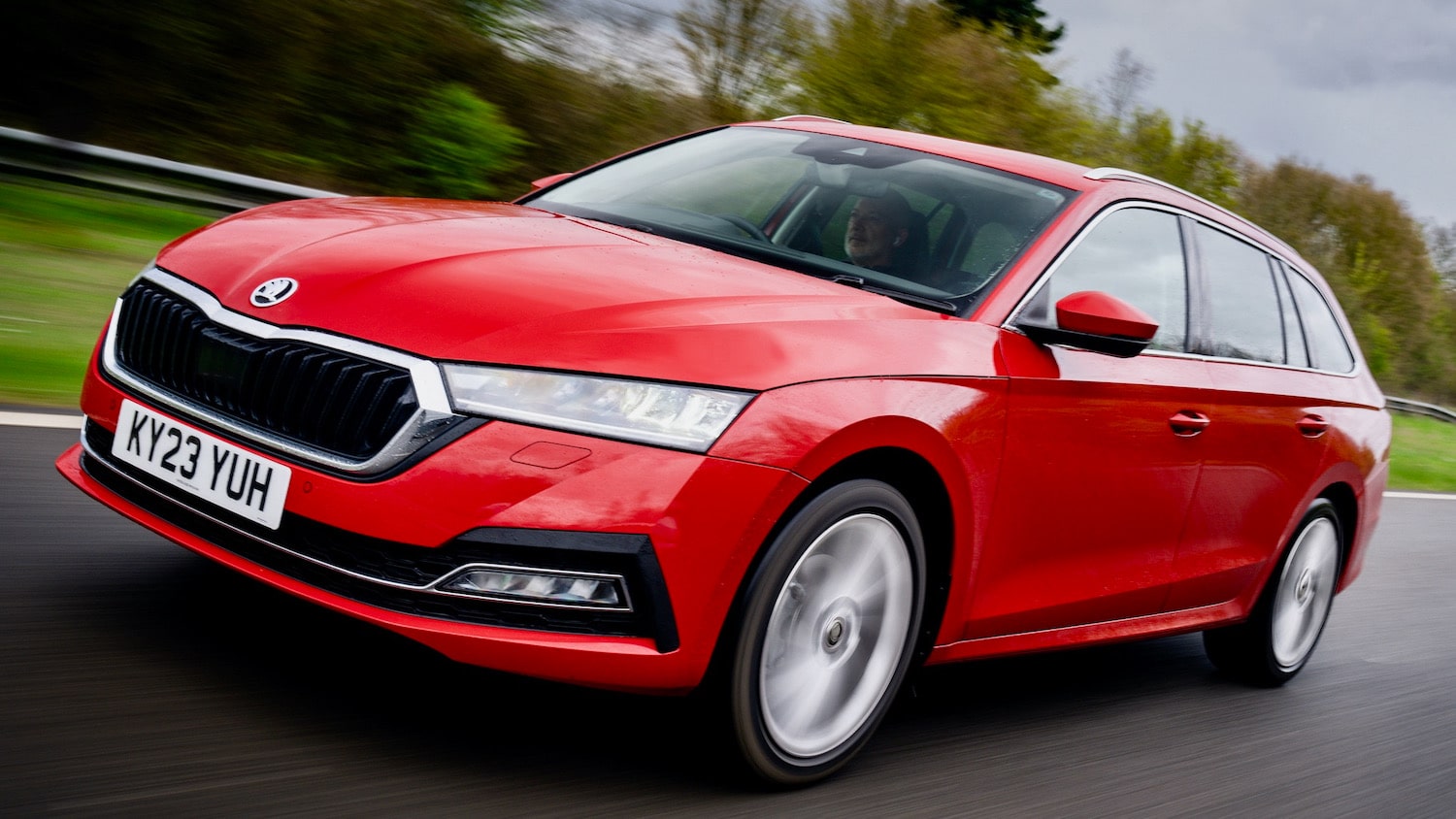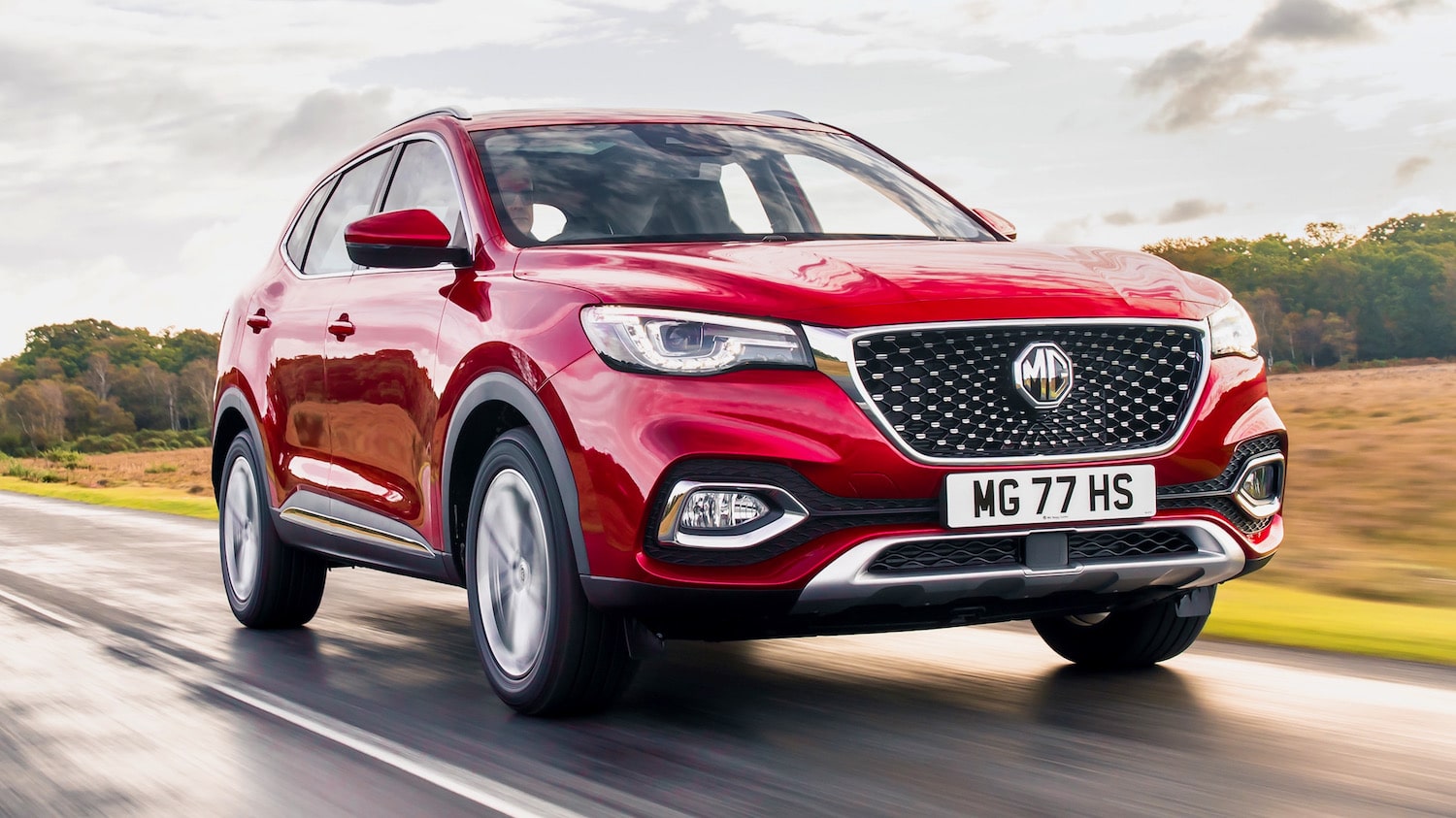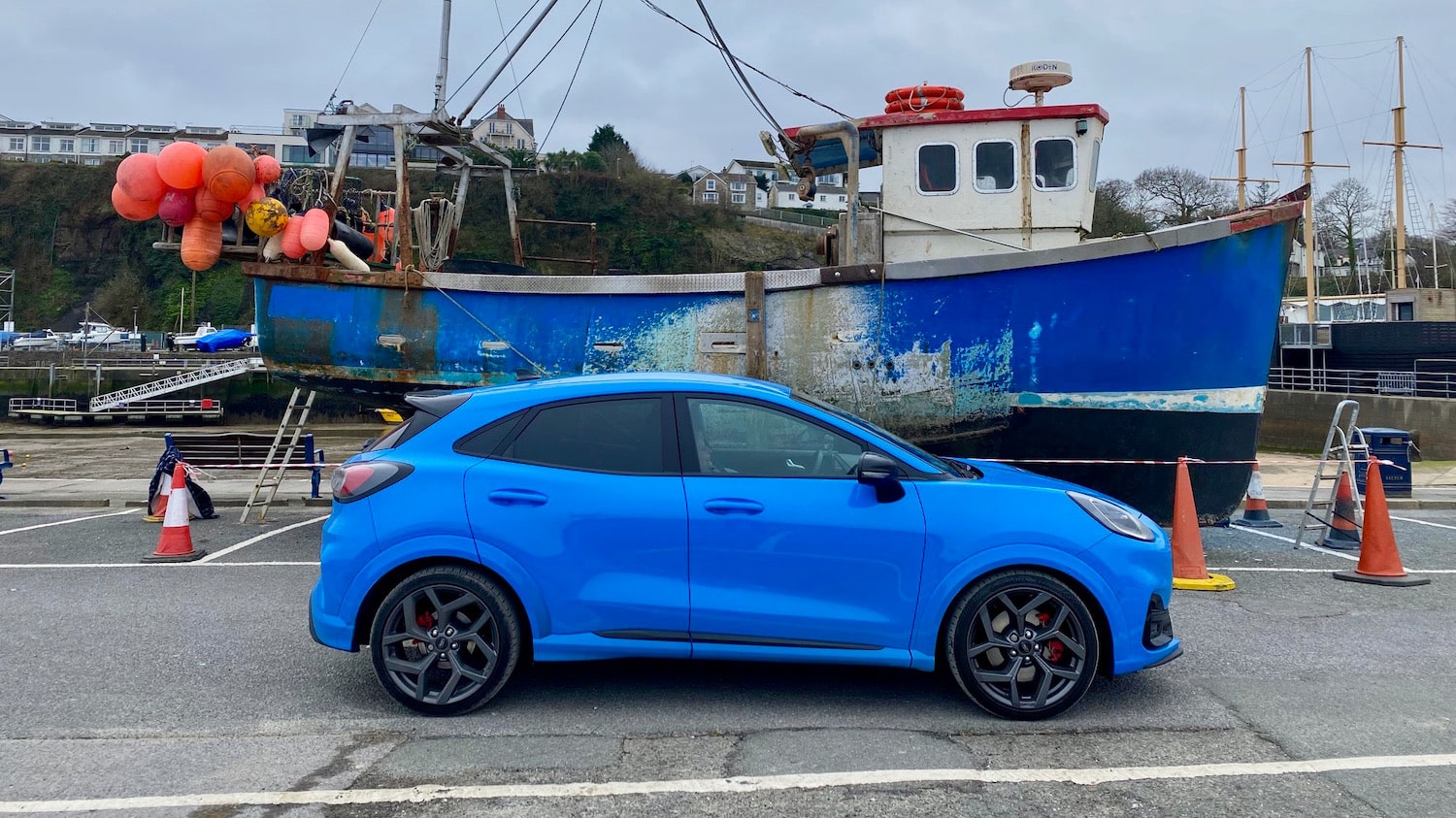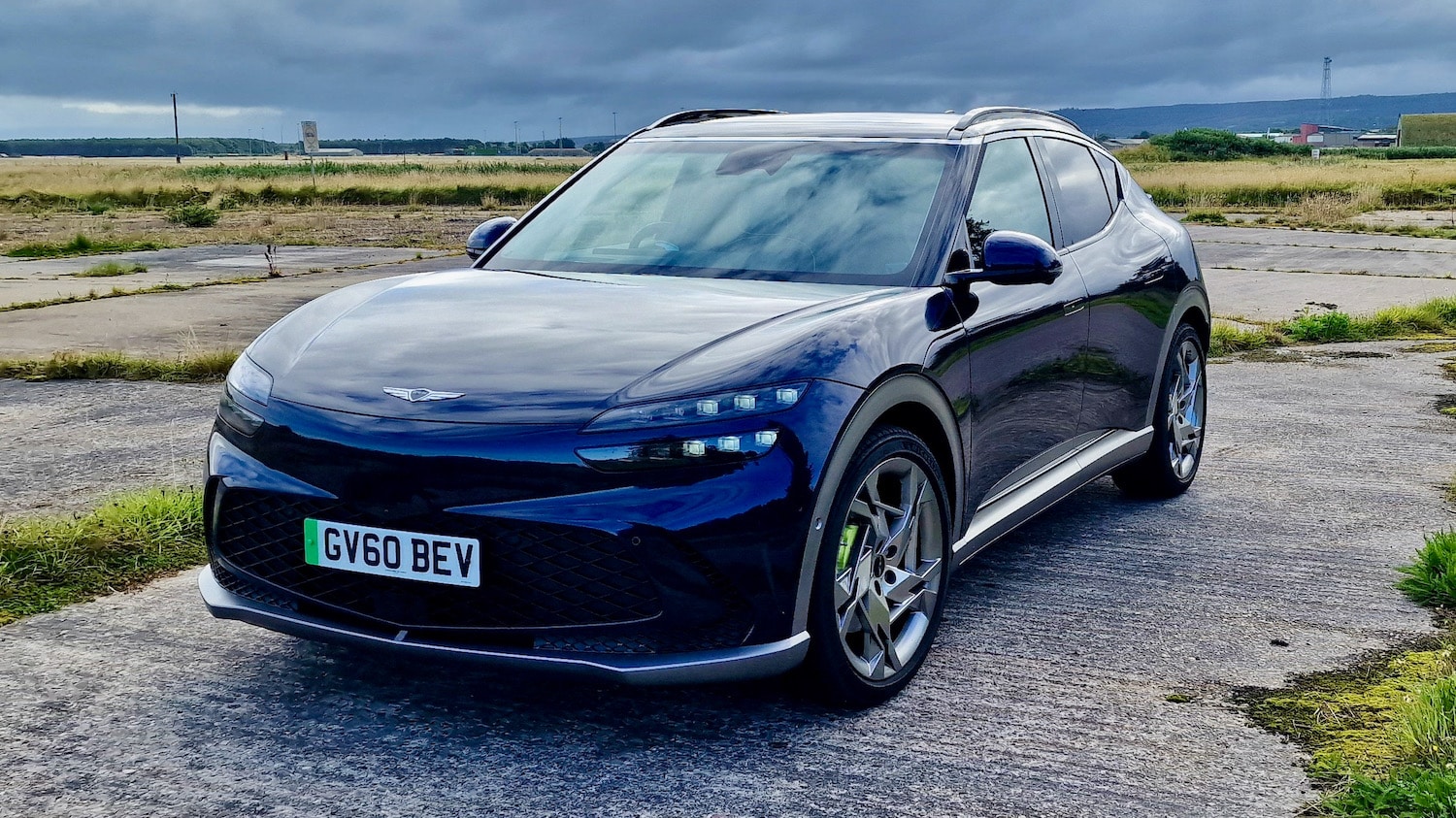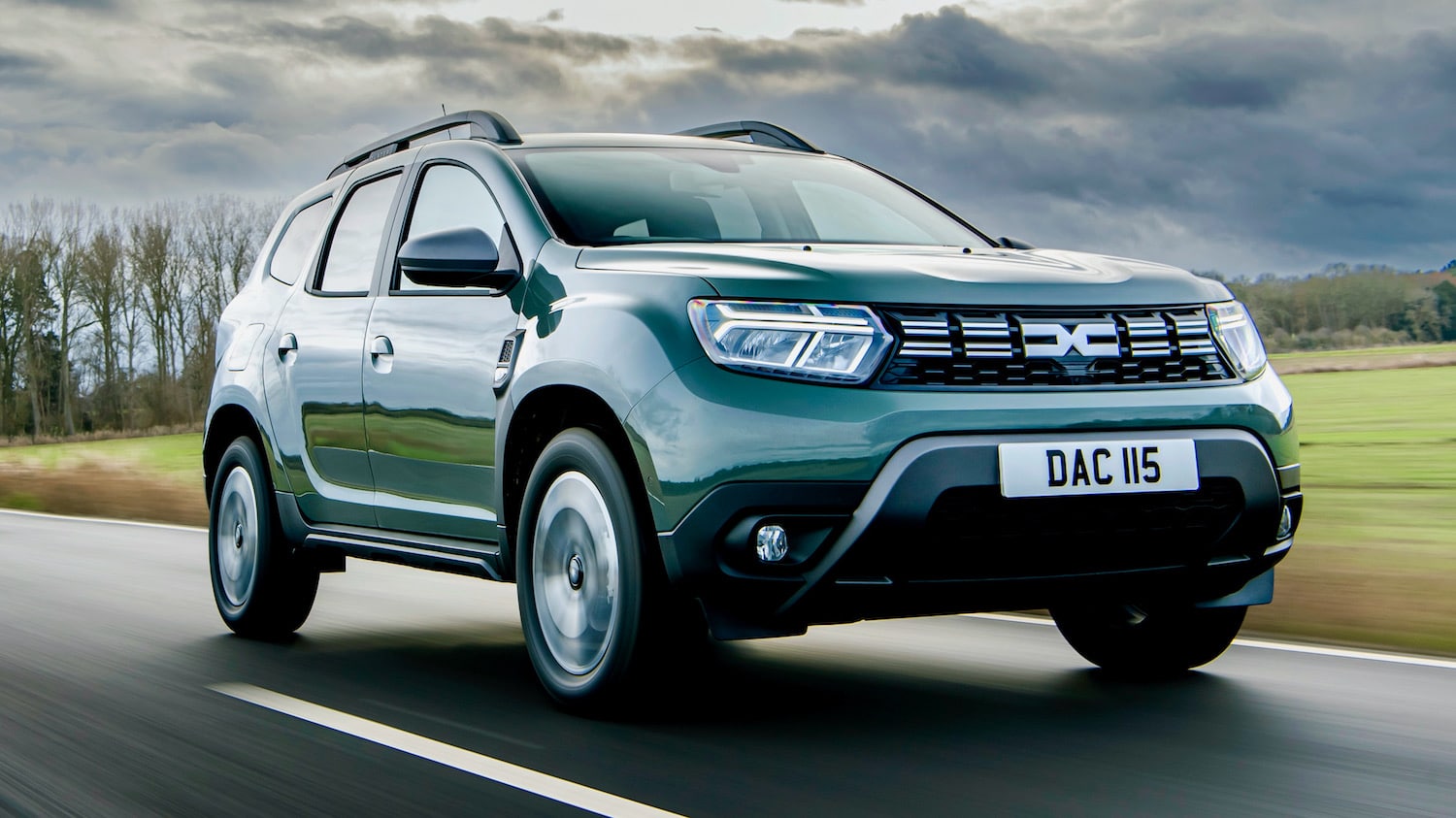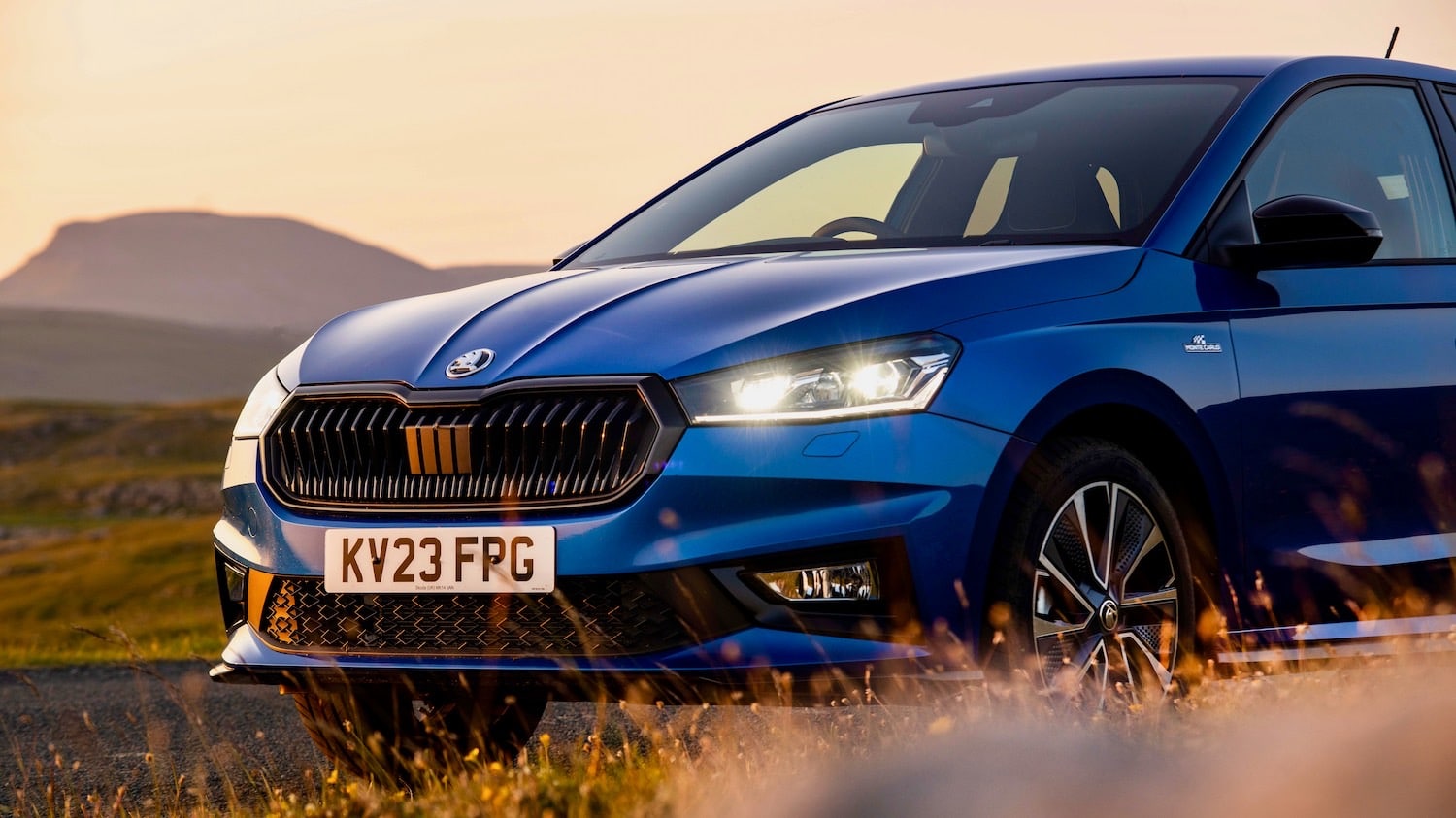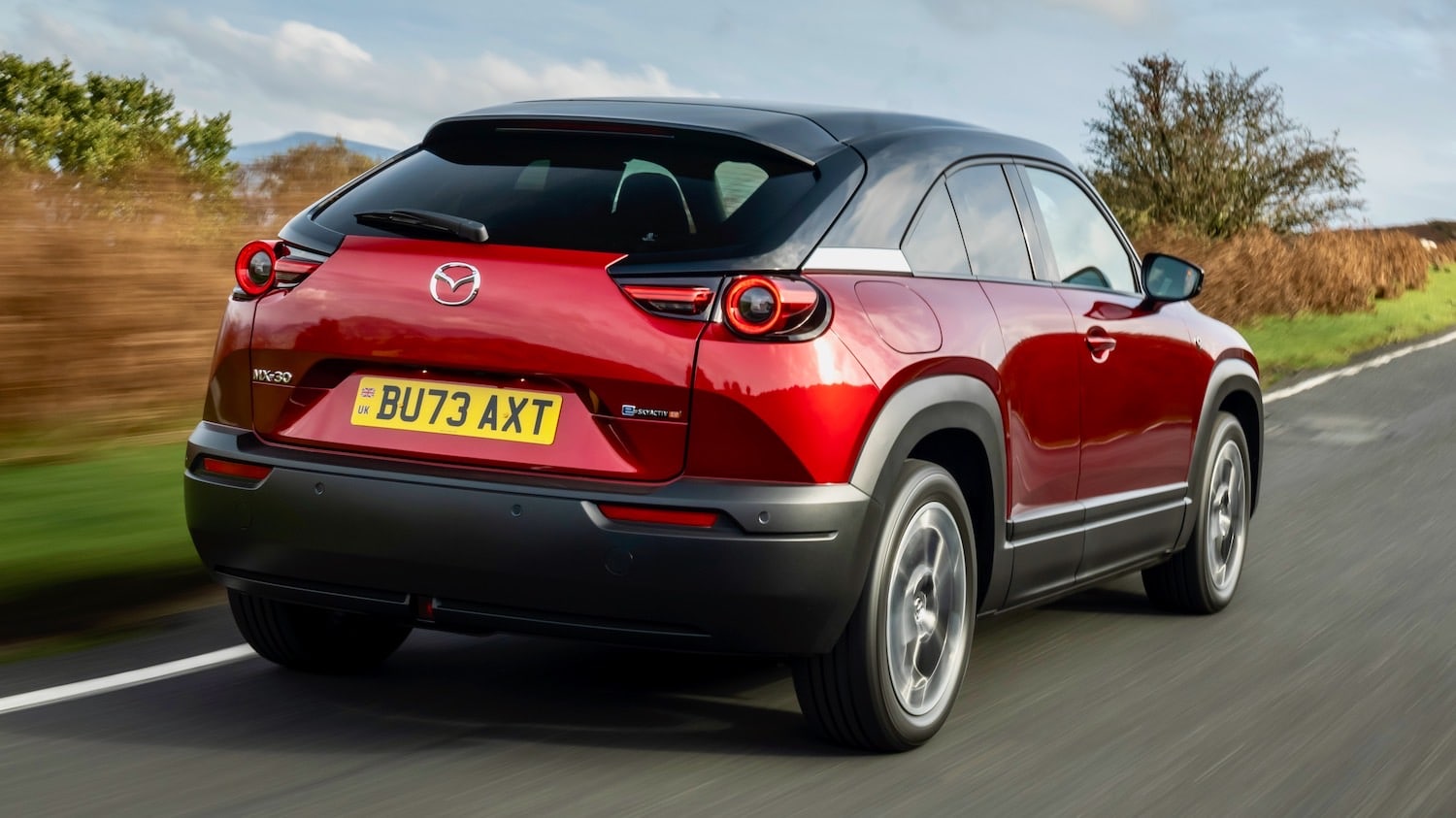The new Land Rover Defender 110 locked me out. With the key in the ignition and the engine running. In the first moments of my week’s loan.



It was a freezing morning in Scotland, where I live. I had started the clonky 2.2 litre TD4 engine (letting the glow-plugs warm up for the half a lifetime they need) and turned on the screen heaters and the windscreen wipers to clear the thick frost from the windows. Then I got out of the car, closing the driver’s door behind me, to open our gates.
Car tested: The Limited Edition Land Rover Defender Heritage 110 Station Wagon Manual – Published on the final day of Land Rover Defender Production
When I returned, all the doors were sealed solid. Somehow, the central system had tripped on the frozen door catch.
I couldn’t imagine how Land Rover Support might get into the Defender without smashing a window. “Oh, that will be no trouble,” they answered. “We can sort that out in a jiffy.”
The guy arrived with a specialist tool in the shape of a wire coat-hangar that he had straightened out at one end, leaving a hook like a question mark at the other end. He expertly fed this wire through the rubber seal between door frame and glass, then hooked the end under the slider for the locks and yanked it up.
“We have to do this all the time,” he sighed. “This is the second one I have done this morning. These things [meaning Defenders] are a nightmare.”
“This scene typifies the Defender. It is, simultaneously, madly infuriating and irresistibly endearing.”I wish I had one in my life at the same time as I couldn’t wait to see it taken away at the end of the loan.
Despite being fresh from the factory and one of the last ever Defenders to be built in the old style, my Defender 110 may have been a new car but it felt half a century out of date.
Its turning circle was more like a cabin-cruiser’s than a car’s. Swinging it around in the street became a five-point toing and froing rather than a three-point turn.
Executing that operation was, also, more like pumping iron on a resistance machine in the gym than driving a car. Turning the wheel took so much muscle that I actually discouraged my wife from going out in the Defender alone because I genuinely suspected she might be worn out before she could bring it home.
Despite being a gigantic lump of automotive metal – (2.18m high, 4.78m long) – the seven-seat Defender 100 is painfully pinched for space inside. The front seats are so narrow that your right shoulder and elbow are wedged against the door. When you pull the door closed, you have to nip your arm quickly out of the way before it bangs your elbow painfully. If you open up the folded seats in the rear compartment, there’s hardly enough space for a child to climb in; but even if you fold them against the sides, less room remains for luggage and clobber than in some sports cars.
An oblong tag of metal ingeniously sticks out of the side of the seat so that the belt-loop on your trousers infallibly snags, preventing you from climbing into the seat and forcing you to release yourself by stepping out of the car again.
Taking a corner in the Defender requires as many adjustments to the line as attempting a three-point turn. The jolting, jouncing ride could easily be turned into a form of torture at Guantanamo if you just tied the prisoner to the floor and poured water over his blindfolded face. Nobody could take that for long without breaking.
Performance is so laborious (0-60 mph in almost 16 seconds, top speed 90 mph) that an armoured car might outrun a Defender. Changing gear on the six-speed manual box feels like putting the shot while operating the clutch pedal feels closer to trying to kick start an old Velocette. Forward visibility through the narrow windscreen is like peering through a letter-box. Rearward three-quarter visibility over your right shoulder is like trying to see out of Rommel’s command car.
The only good thing you can say about the basic price is that it’s the same as the drive-away price. There are no extras – not even a step on which climb up into the cab. You have to swing yourself aboard, like mounting a war-horse.
“So, in a car so unbearable, what can there possibly be to love? Answer: its cultural identity. Its national history. Its pure unadulterated Britishness.”
There is something gloriously, uniquely British about the Defender which makes it a true national treasure. The story of how it came into being is an irresistibly engaging classic of British life – with the Rover company’s chief engineer, Maurice Wilks, sketching an outline of his concept in the sand at Red Wharf Bay in Anglesey for the benefit of his colleague and brother, Spencer Wilks, who was also the company’s Managing Director, while they were both on holiday over Easter 1947. That scene that could only occur among Britons. It also epitomises the Defender that it was the Queen’s go-to vehicle for decades whenever she was in the country. Every time Her Majesty was out-and-about in a headscarf at Balmoral or Sandringham, she always seemed to be photographed at the wheel of a Defender. Talk about brand identity.
It’s also loveable – in a sentimental, soppy kind of way – to think that Land Rover were still constructing the Defender in essentially the same way for almost 70 years. Not only must it be the car that has been longest in production on earth: it must be the car with the highest proportion of hand-fitted components of any car in production. Has any kind of robot ever got near to a Defender?
The bloody thing might be more dependable if its construction had benefited from a few accurate, reliable remote machines. I once took delivery of a new Defender 90 and, when I opened the back door for the first time, a loosely attached nut dropped out of a hinge. Don’t think that would happened with a Land-Cruiser. While driving home in the Defender 110 I just borrowed, a large drop of water fell squarely on the top of my bonce from the sunroof above my head.
No doubt, Gerry McGovern’s new Defender for Land Rover will be less fallible, more waterproof and easier to drive. But will anybody love it?
Maybe in 70 years.
Land Rover Defender Heritage Limited Edition 110 Station Wagon Manual
Price as tested £34,200 – Grasmere Green, featuring Almond Cloth Interior
FAST FACTS: Engine: 2.2L TD4 Diesel, Maximum power 120bhp, Maximum torque 360Nm/2000rpm, CO2 295 g/km, Combined Mpg: 25.5, Turning Circle 14.4m

No items found, please search again.
